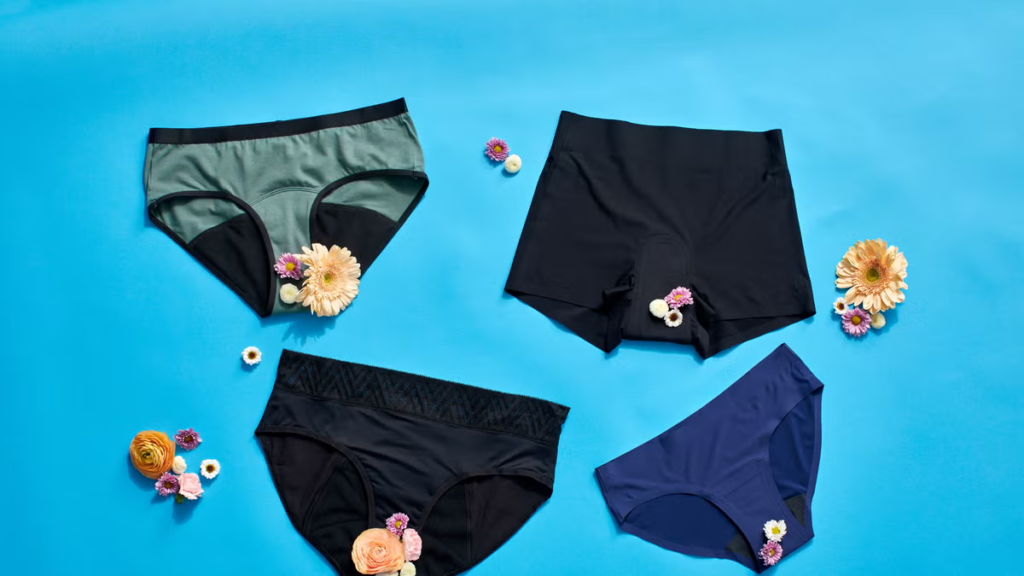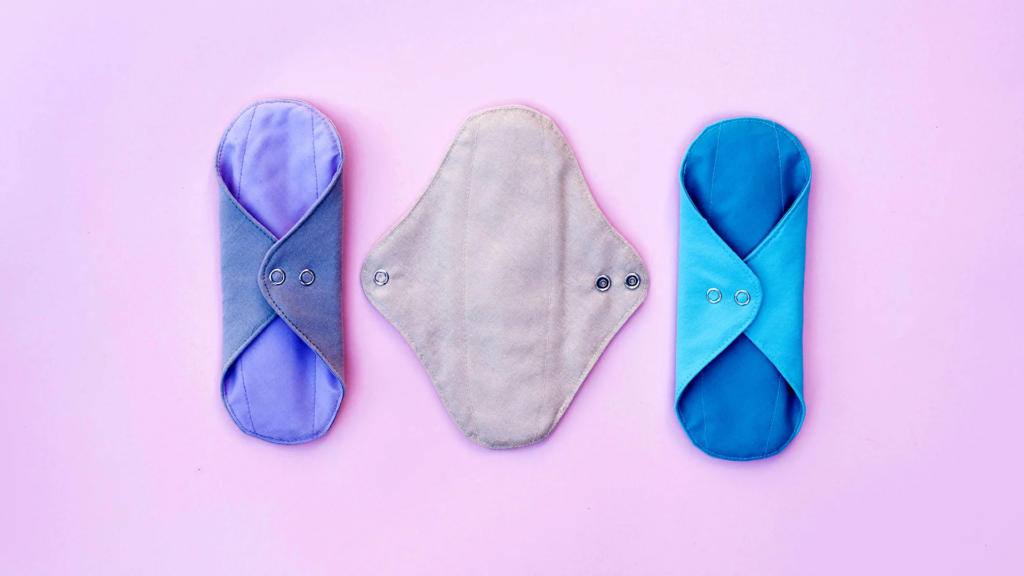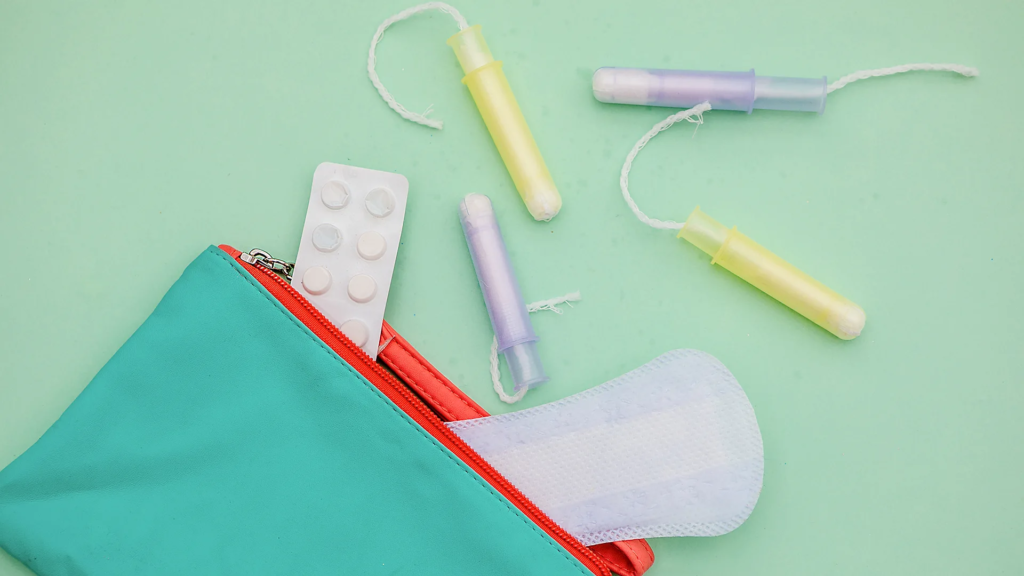Every year, 20 billion disposable menstrual products are discarded in the US alone, contributing to 240,000 tonnes of solid waste. With 1.8 billion people menstruating worldwide, the environmental impact of period products has come under increasing scrutiny. While options like menstrual cups, reusable pads, and period underwear grow in popularity, the question remains: Which is the most sustainable and safe option?
The Clear Environmental Winner: Menstrual Cups

A recent life-cycle assessment (LCA) led by researchers in France and the US compared the environmental impact of four major menstrual product categories across eight indicators—including global warming potential, land use, water use, and toxicity. The result?
Menstrual cups emerged as the most sustainable option, outperforming reusable and disposable alternatives across all three countries studied (France, US, and India).
Why?
- Longevity: One cup lasts up to 10 years.
- Low production impact: It’s small, light, and requires less raw material.
- Fast carbon payback: Just one month of use can offset its carbon footprint, according to Philippa Notten, co-author of a UN Environment Programme review.
Period Underwear: A Strong Contender

Period pants came in second place overall, particularly when used as a substitute for both underwear and period protection. They perform better than reusable pads due to this dual function, though the electricity and water required for washing should be considered.
Sustainable use tips:
- Wash at low temperatures
- Air dry
- Include in full laundry loads
The Surprising Worst Offender: Organic Disposable Pads

Despite the appeal of “natural” and “organic,” organic pads had the highest impact in five out of eight environmental categories. The lower crop yields in organic farming require more land and water, pushing their footprint above even conventional plastic-based pads.
Why Single-Use Products Fall Short

- Up to 90% plastic content
- Each pad = 4 plastic bags worth of non-biodegradable waste
- Take 500–800 years to decompose
- Many are flushed, blocking sewers and polluting oceans
Health Considerations
While menstrual cups are sustainable, they’re not without potential risks:
- Incorrect insertion can compress the bladder or rectum
- Infections and rare injuries (e.g., pelvic organ prolapse) have been reported
- Proper education on use and size is critical
Dr. Shazia Malik, London-based gynaecologist:
“Have two cups, sterilise after each use, and replace at any sign of wear.”
Concerns also exist over chemical safety in period products:
- US studies have found lead and other metals in tampons
- Some period pants use silver nanoparticles to reduce odor—raising toxicity concerns
Transparency and Regulation Lag Behind
- Companies aren’t required to disclose all ingredients
- Europe is leading regulation, with EU Ecolabels and Nordic Swan certifications
- Vermont recently banned PFAs in period products; US federal legislation is being proposed
Takeaway: Mix, Match, and Make Informed Choices
If the menstrual cup isn’t a fit for your whole cycle, combine products: use period pants at home, cups or tampons for swimming, or compostable pads when needed. Every switch from single-use makes a difference.
Paula Pérez-López, environmental researcher:
“No matter what we do, we will have an impact—but we can minimise it. Reusables are a key part of that.”
TL;DR – What’s the Most Sustainable Menstrual Product?
- Menstrual Cup: Best overall for the environment
- Period Underwear: A close second
- Reusable Pads: Better than disposable
- Organic Disposables: Surprisingly high environmental toll
- Key Factors: Proper use, care, product transparency, and access
Let me know if you’d like that visual comparison chart or a condensed summary.
